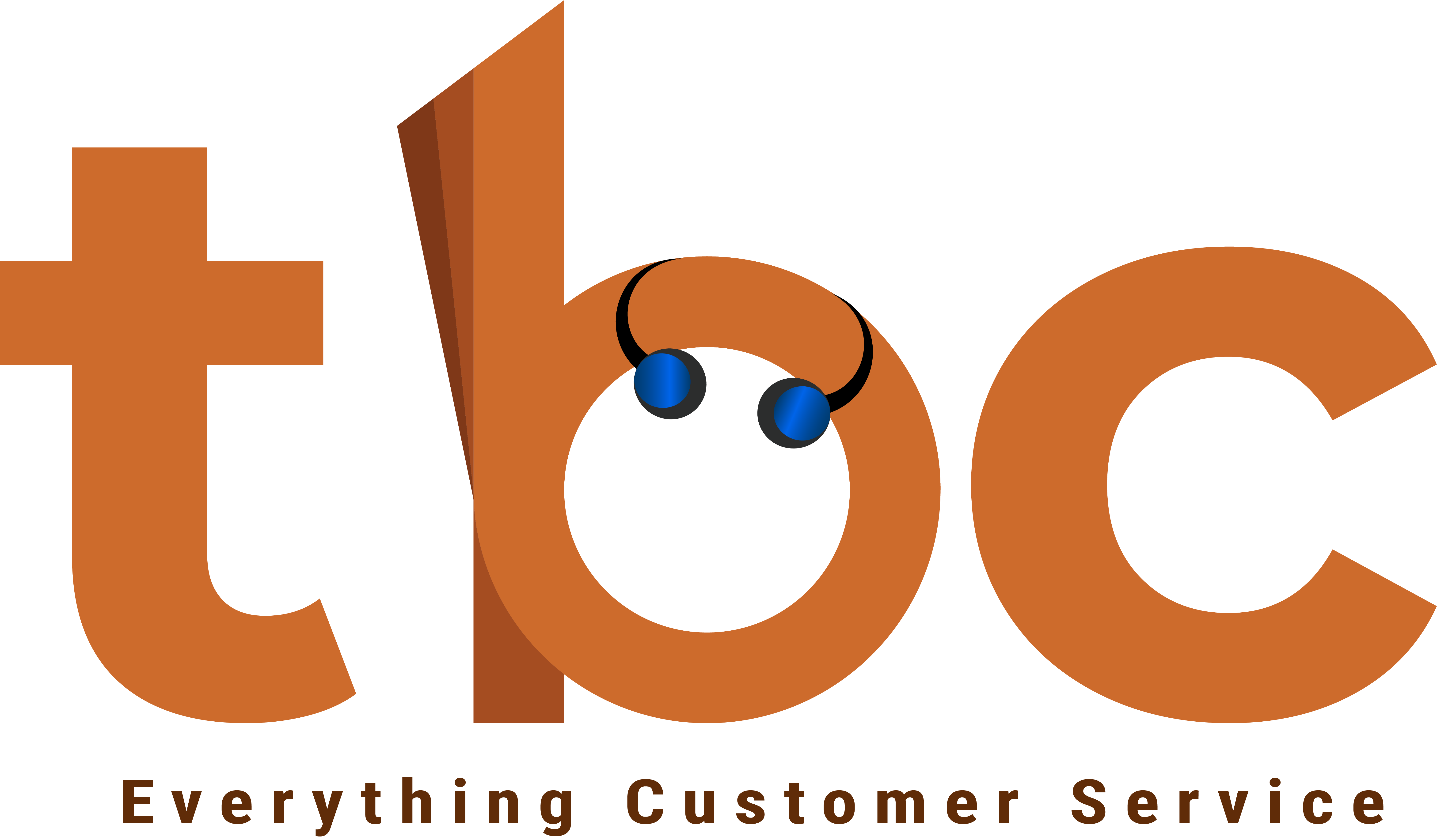When the pandemic struck in 2020, all of a sudden, contact centers had to figure out a way to make agents’ work from home. Most on-premise solution providers couldn’t react to that situation, as they wanted at least a few months to come up with a solution to help agents’ work remotely.
The second option that the contact centers had was to let their agents connect to their on-premise contact centers remotely using their VPN clients. This was expensive for organizations, and it wasn’t working as expected.
They had to pay for every license, and it was a considerable drag on the bandwidth consumption. Most homes of agents did not have stable broadband connections. This solution was not feasible.
The only option that the contact centers had was to look at cloud options to be operational immediately. And they chose the cloud options. Two-thirds of the call centers migrated to the cloud once the pandemic set in.
Once they moved to the cloud contact centers software, they realized that they could massively unlock the business potential.
Some of the values that cloud helped contact centers unlock are:
- Better customer engagement – cloud made it easier to invest in social channels, chatbots, or business intelligence platforms
- Flexible scheduling – agents can work from anywhere and flexible timings, allowing organizations to address the needs of customers from various geographies
- Analytics-driven strategies – integration with analytics tools help improve agent-customer interactions
- Integrations – easy integrations with helpdesk software, CRM, and ERP systems, making better decisions and customer service. It enhances the relationship between the dialer and other tools by easily sharing information across systems.
- Anywhere access – live call monitoring is easier to implement. Calls are recorded, stored, and analyzed, and supervisors can access this intelligence from anywhere to make data-driven decisions
- Resource ramping – you can ramp up and down the number of resources with just a click of a button
- Reduce implementation timeframes – you can be up and running within 24 to 48 hours, unlike the legacy days
- Less barrier to entry – we are talking only about operational expenses and not capital expenses
- Performance and security – 99.9% availability of contact centers, with stringent security standards and in-built compliance to industry standards like HIPAA, PCI-DSS, and ISO 27001
These were possible only for enterprise-level contact centers earlier, not for the mid-sized and smaller ones.
Today, the agents are happier than ever, as it allows them to engage their customers better and have flexible and remote work schedules.








